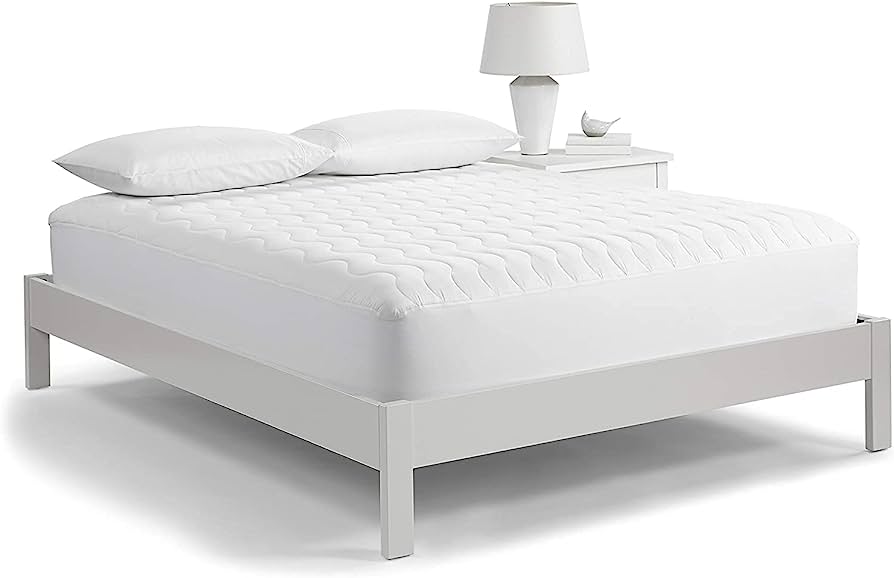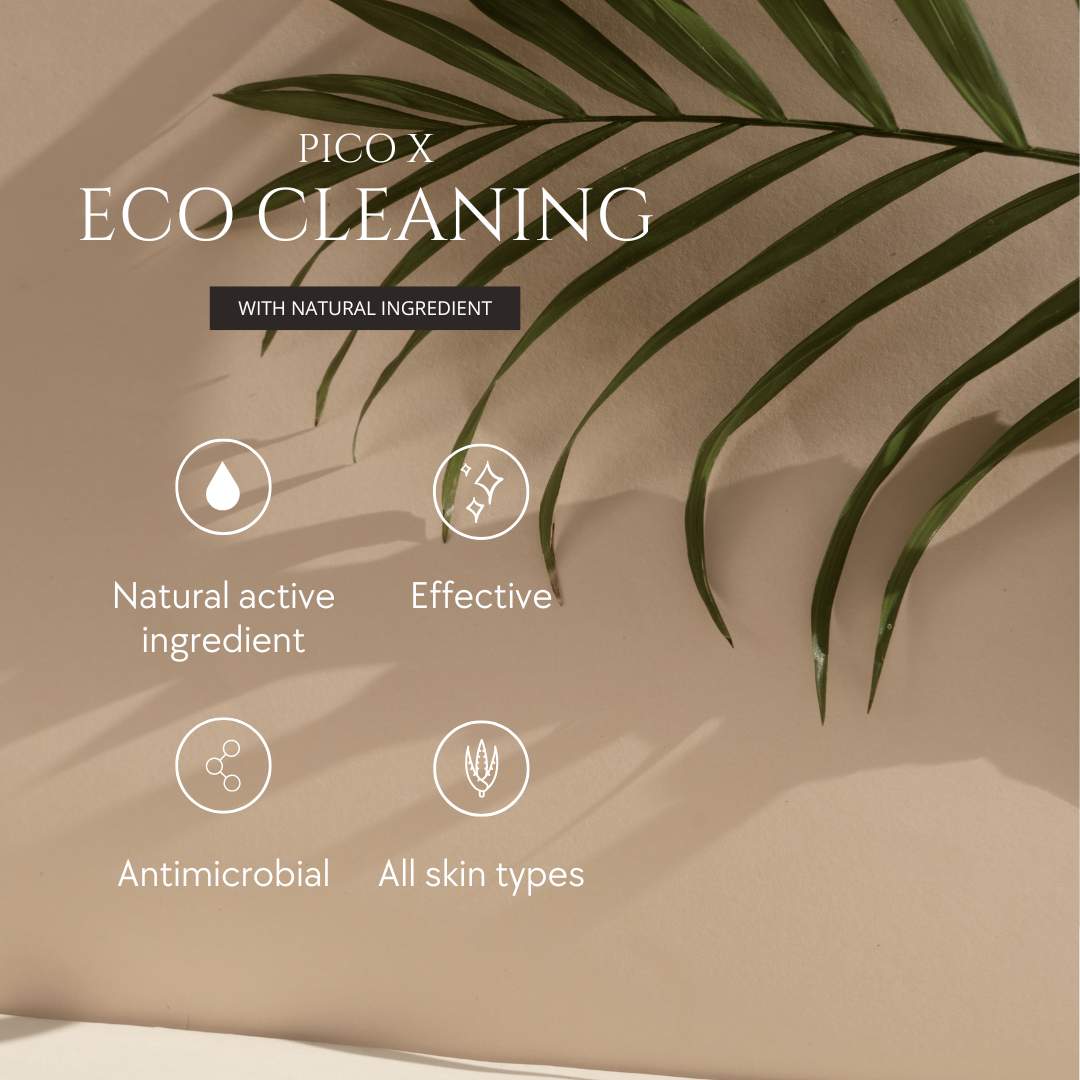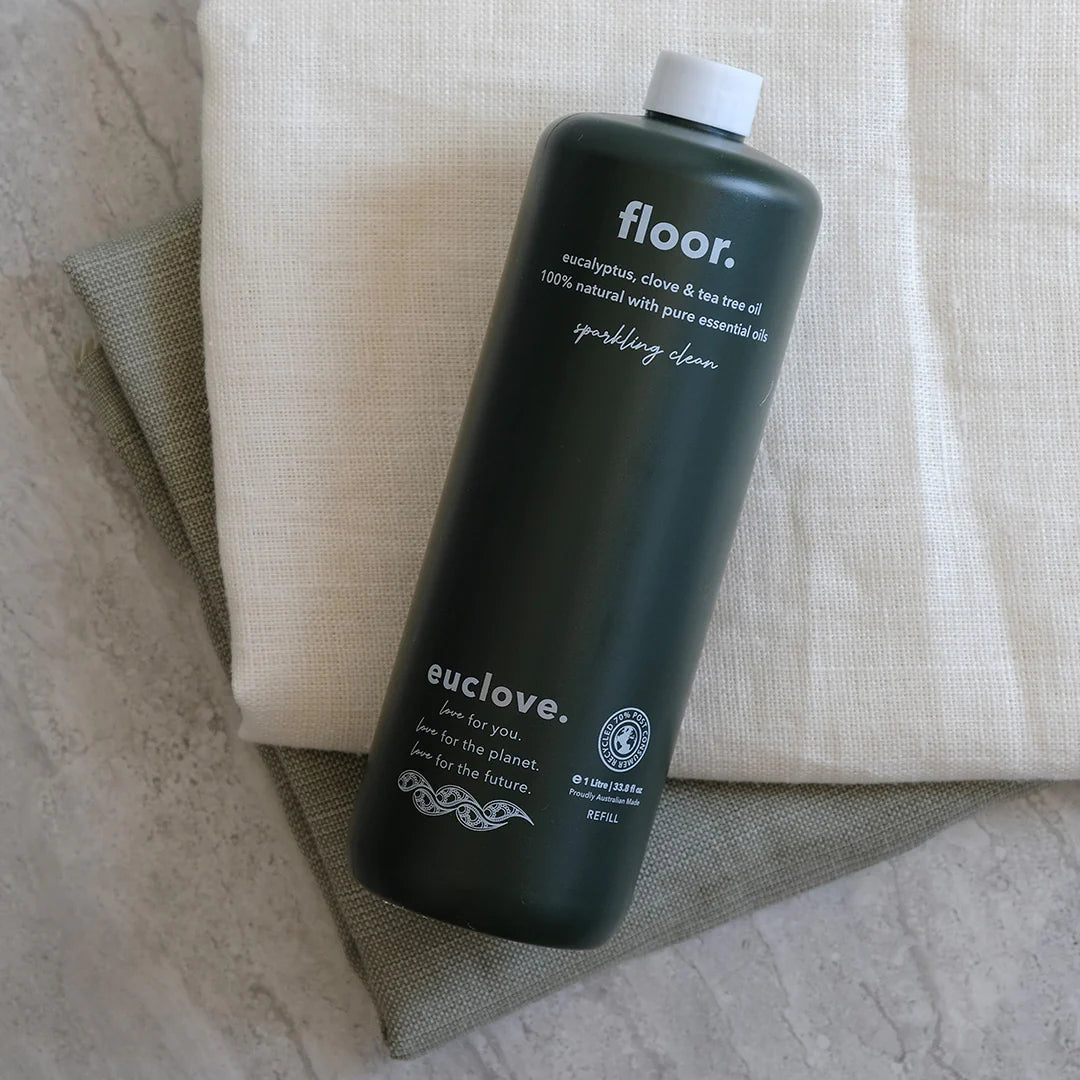-

Adoption of Antimicrobial Coating In The Hospitality Industry
-

Antimicrobial Coated Mattress For A Safe Night's Sleep
-

A safe way to improving indoor air quality and prevent mould at home.
-

Antimicrobial Coatings on Mattresses
-

Antimicrobial Coatings: A Revolution in Home and Commercial Space Hygiene
Infection control in hospital using antimicrobial coating
- 3 min reading time
Antimicrobial coatings are a promising tool for infection control in hospitals, as they can help reduce the transmission of infectious diseases by inhibiting the growth of bacteria, fungi, and other microorganisms. These coatings can be applied to a variety of surfaces, including medical equipment, walls, and floors, to provide a continuous, long-lasting antimicrobial barrier. In this article, we will discuss the benefits of using antimicrobial coatings in hospitals and the steps involved in applying these coatings as part of an infection control strategy.
One of the main benefits of antimicrobial coatings is that they can help reduce the risk of healthcare-associated infections (HAIs). HAIs are a major problem in hospitals, with an estimated 1.7 million cases occurring each year in the United States alone. These infections can be caused by a variety of microorganisms, including bacteria, fungi, and viruses, and can result in serious illness or death. Antimicrobial coatings can help reduce the transmission of these microorganisms by inhibiting their growth on surfaces that are frequently touched, such as bedrails, call buttons, and doorknobs.
There are several different types of antimicrobial coatings that can be used in hospitals, including those based on silver, copper, and quaternary ammonium compounds. Silver-based coatings are perhaps the most well-known and widely used, as silver has been shown to have antimicrobial properties for centuries. Copper-based coatings are also effective at inhibiting the growth of microorganisms, while quaternary ammonium compounds are commonly used as disinfectants and are effective against a wide range of microorganisms.
Applying antimicrobial coatings in hospitals is generally a straightforward process, although it does require some preparation. The first step is to thoroughly clean the surfaces that will be coated, as the coating will not be effective if applied to dirty or contaminated surfaces. Next, the coating should be applied according to the manufacturer's instructions, which may involve spraying, brushing, or rolling the coating onto the surface. It is important to follow the manufacturer's instructions carefully, as the coating may need to dry for a certain amount of time before it is effective.
Once the coating has been applied, it is important to monitor its effectiveness over time. This can be done through regular testing of the coated surfaces to ensure that the coating is still providing adequate antimicrobial protection. It may also be necessary to reapply the coating periodically to maintain its effectiveness.
In conclusion, antimicrobial coatings are a valuable tool for infection control in hospitals. These coatings can help reduce the risk of healthcare-associated infections by inhibiting the growth of microorganisms on frequently touched surfaces. Applying antimicrobial coatings is generally a straightforward process, but it is important to follow the manufacturer's instructions and to monitor the coating's effectiveness over time. By incorporating antimicrobial coatings into their infection control strategies, hospitals can help protect patients and healthcare workers from the spread of infectious diseases.
Further reading
https://pubmed.ncbi.nlm.nih.gov/34699296/
https://academic.oup.com/cid/article/71/8/1807/5610270
https://ann-clinmicrob.biomedcentral.com/articles/10.1186/s12941-020-00406-7
-

Best Fabric Refresher 2023
-

Looking for the Best Cleaning Services in Singapore?
-

Benefits Of Essential oil Based floor cleaners - Eucalyptus, Clove and Tea Tree
-

Top ten cleaning services in Singapore?









